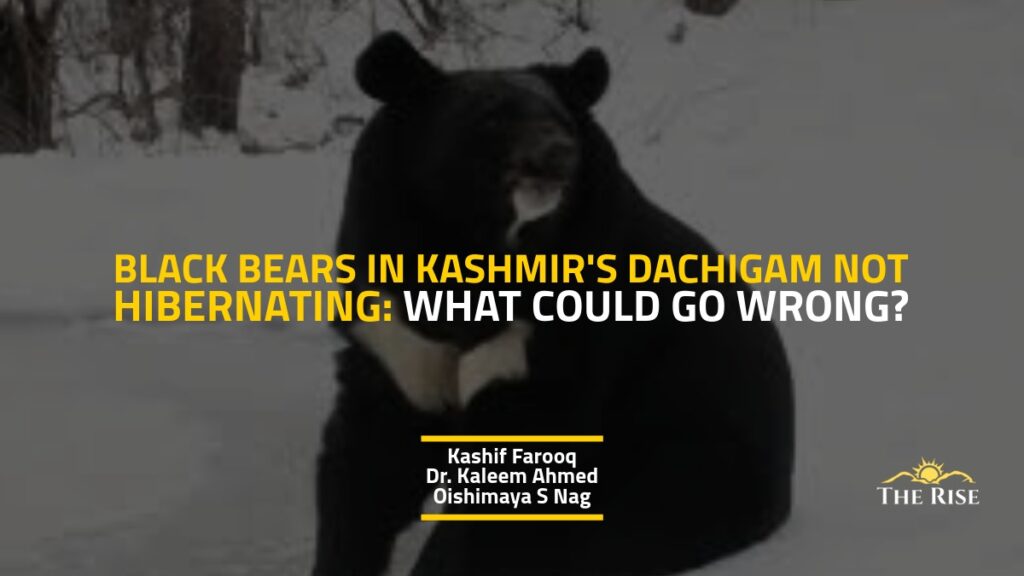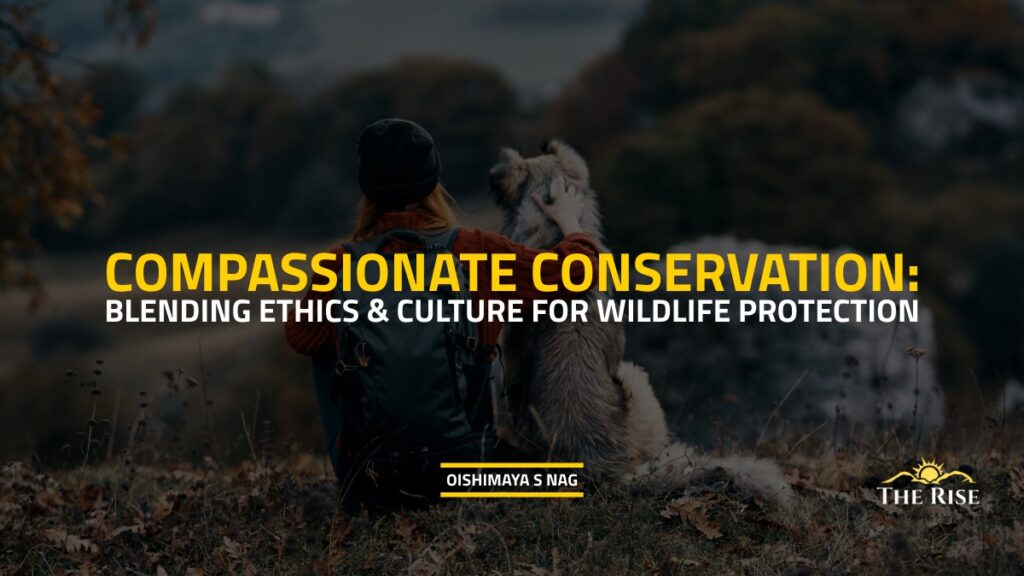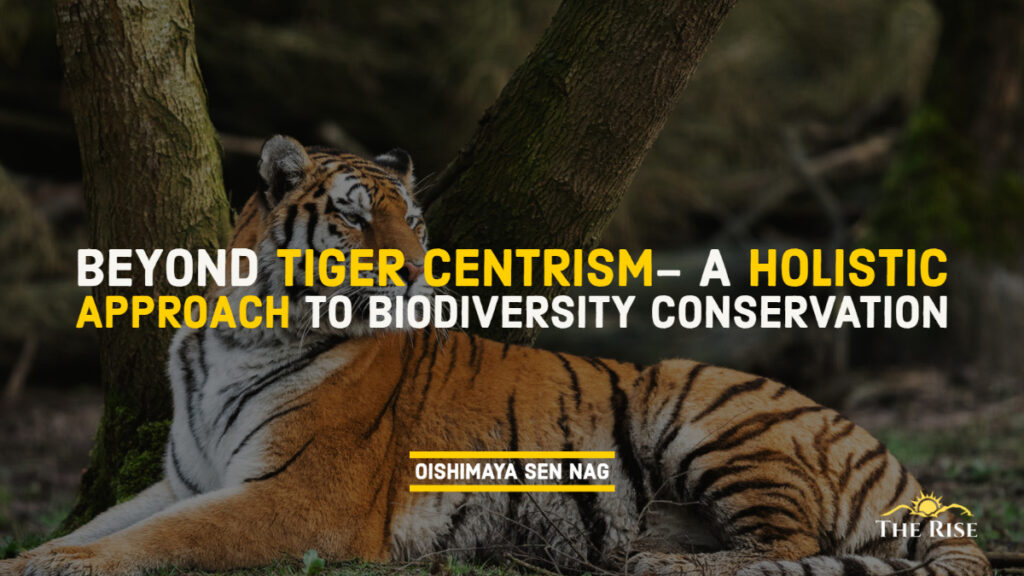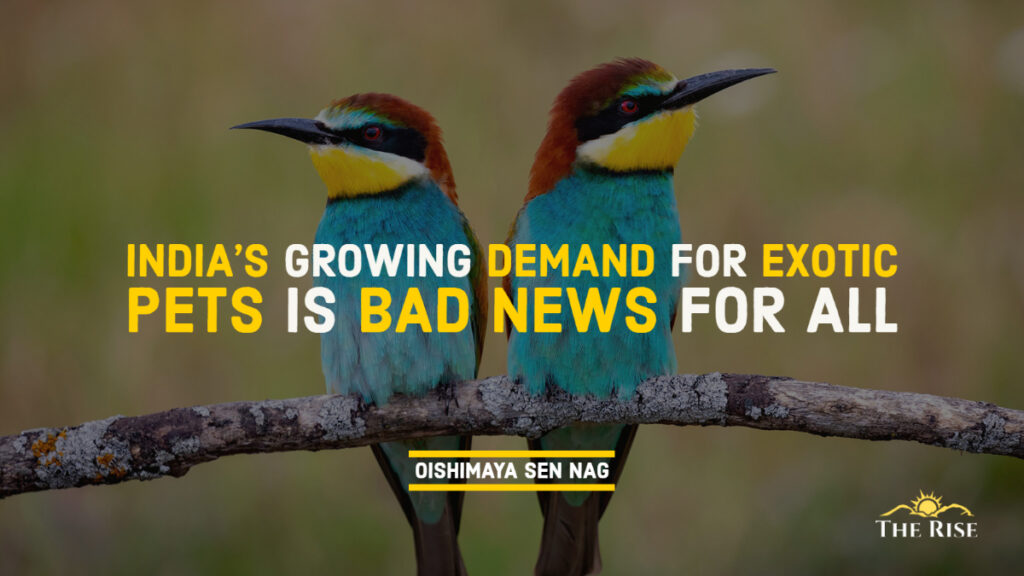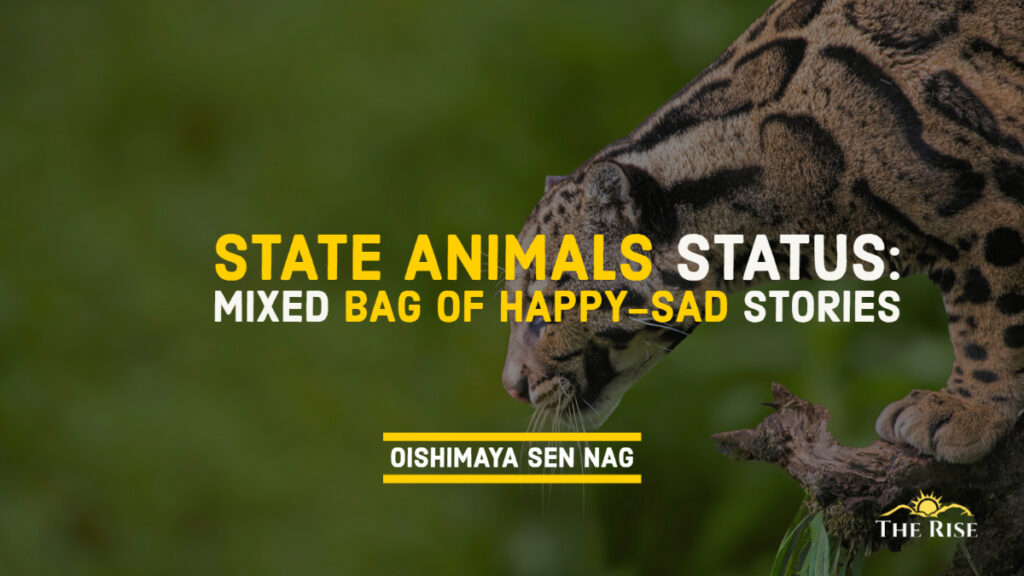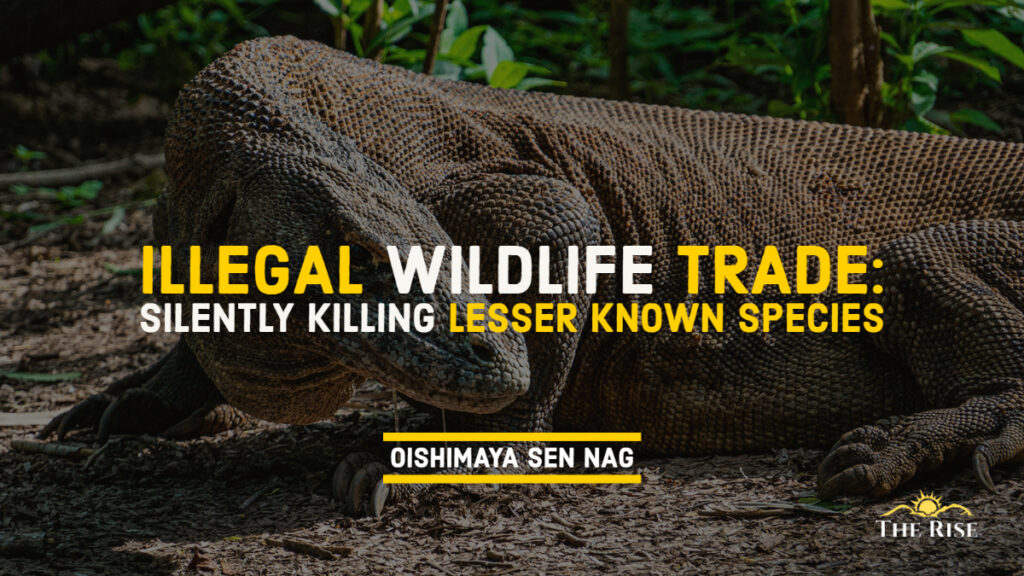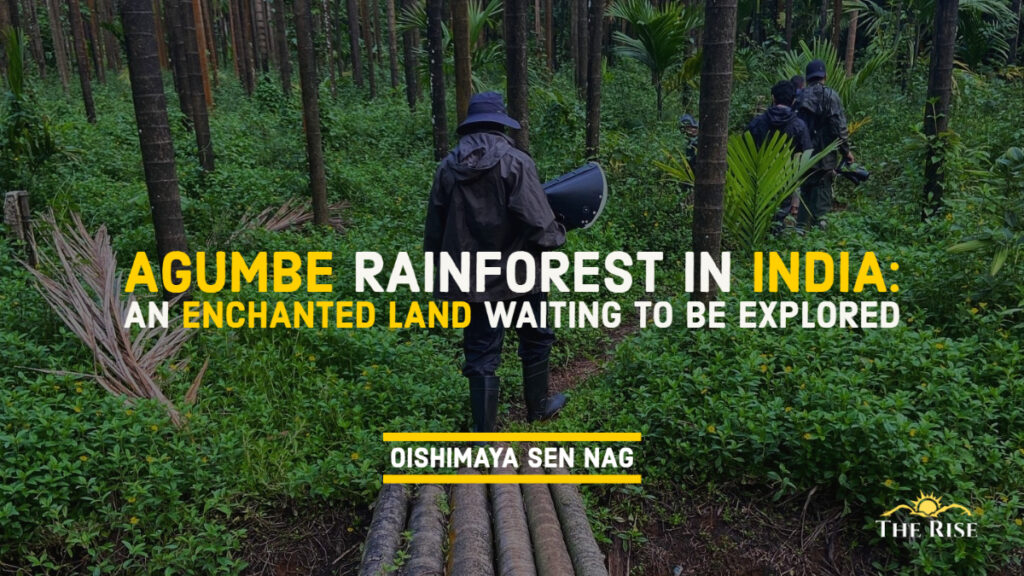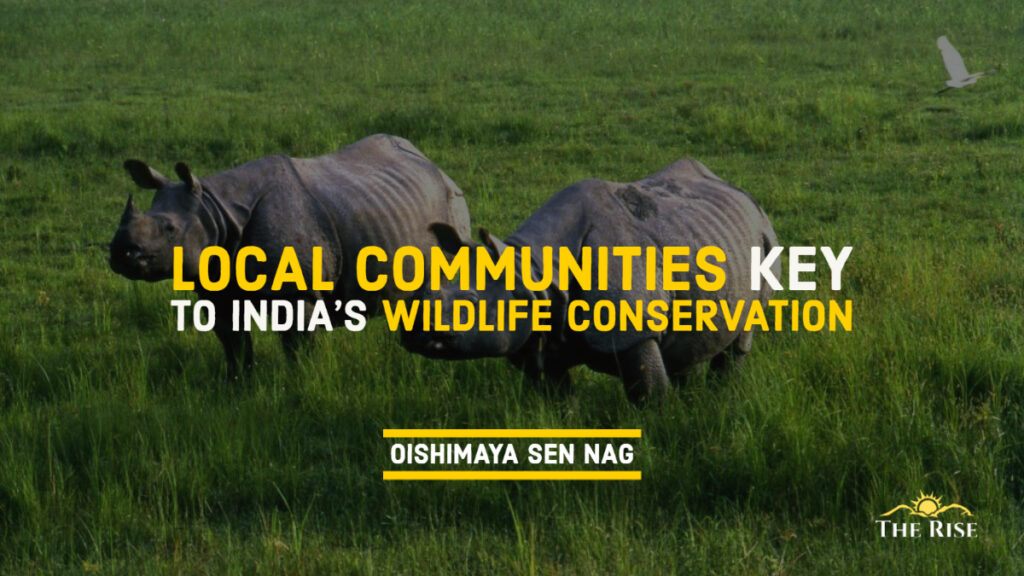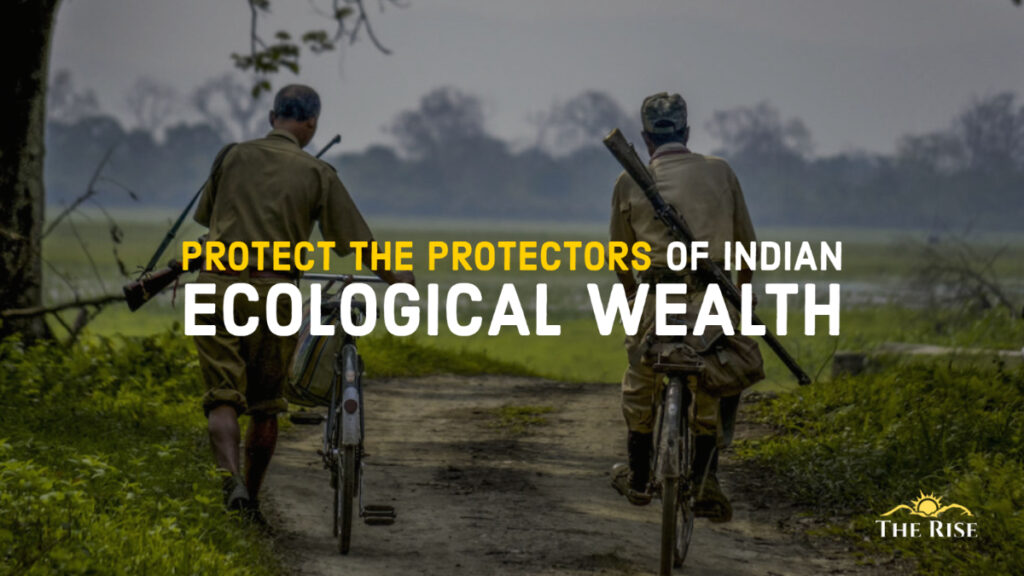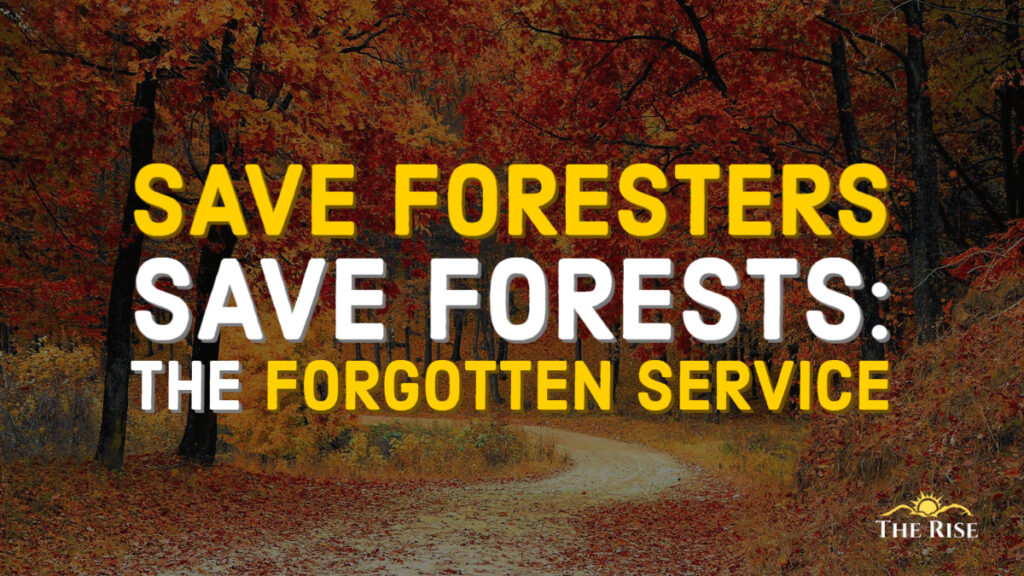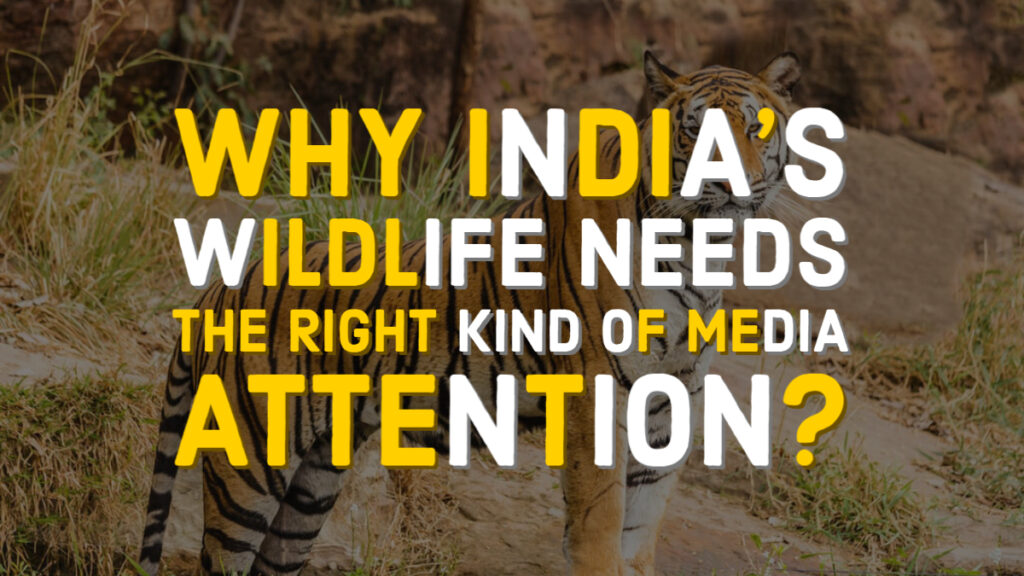Black Bears in Kashmir’s Dachigam Are No Longer Hibernating: What Could Possibly go Wrong?
Hibernation has been an important part of the life cycle of the Asiatic black bears in the Dachigam National Park. With the arrival of winter, these bears would retreat to their shelters and remain inactive for several months. However, the situation is different now. The ecosystem’s apex predator remains active throughout winter. Such a change […]

